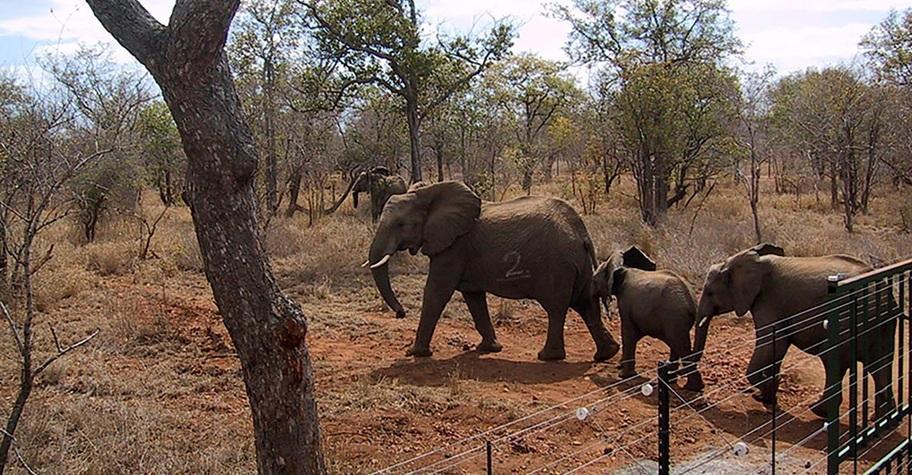Africa-Press – Mozambique. Mozambique’s government will speed up, in coordination with international partners, the process of fencing wildlife parks in Gaza province to mitigate recurring conflicts between people and wild animals, the president said on Thursday.
“There is great concern among our population in the northern region of Gaza province about human-animal conflict, especially because of the animals in the parks,” said Daniel Chapo during a press conference at the end of his three-day visit to the province, which concluded on Wednesday night.
The head of state was referring to the Limpopo National Park in southern Mozambique and the Greater Limpopo Transfrontier Park, which also includes the Kruger Park National Park (South Africa) and Gonarezhou National Park (Zimbabwe).
Daniel Chapo explained that the agreement between the three countries to create this transnational conservation area provided for the gradual fencing of protected areas and the resettlement of populations still living within the conservation zones.
“At the time – President Mandela, President Mugabe, President Chissano – the agreement reached was that, little by little, this park had to be completely fenced off. And there is an exercise still underway to resettle the populations within the Limpopo Park,” he explained.
“We will work at the central level so that – the government, at the central level, together with the partners managing these parks – we can complete the fencing and have control over the movement of these animals,” said Daniel Chapo, who during his visit to Gaza also met with district administrators and local leaders from the northern districts of the province particularly affected by attacks by wild animals, including reports of crop destruction and threats to the safety of the population.
The number of deaths due to wild animal attacks almost tripled in one year, reaching 159 victims in 2023, according to a report by the National Statistics Institute (INE).
In its 2023 Basic Environmental Indicators report, the INE details that the number of deaths due to human-wildlife conflict was 58 in the previous year and 56 in 2021, but 97 in 2020 and 42 in 2019.
More than half of the fatalities from these attacks in 2023 were concentrated in the province of Tete (70), followed by Zambezia (31), according to INE data. The province of Tete alone has recorded 137 deaths since 2019, according to INE records.
“Concerning areas of crops destroyed by wild animals, in 2023, 1,490 hectares were destroyed, with the province of Gaza suffering the most destruction (68.3%), followed by Tete with 16.3%,” the document reads.
The report noted that the number of people injured in these attacks also continues to rise, affecting 114 people in 2023, up from 70 in the previous year, 51 in 2021, 66 in 2020, and 59 in 2019.
Citing the latest available data, the INE report recalls that Mozambique estimated a population of 9,114 elephants and 64,800 buffaloes, among dozens of large species, in 2018.
According to the same INE report, in 2023, 205,375 people lived in Mozambique’s protected areas, in 162 communities, in addition to 501,737 in 504 communities in the buffer zones surrounding these parks and reserves.
According to previous data from the National Administration of Conservation Areas (ANAC), attacks by wild animals in Mozambique destroyed a total of 955 hectares of crops, such as maize and cassava, between 2019 and 2023.
For More News And Analysis About Mozambique Follow Africa-Press






